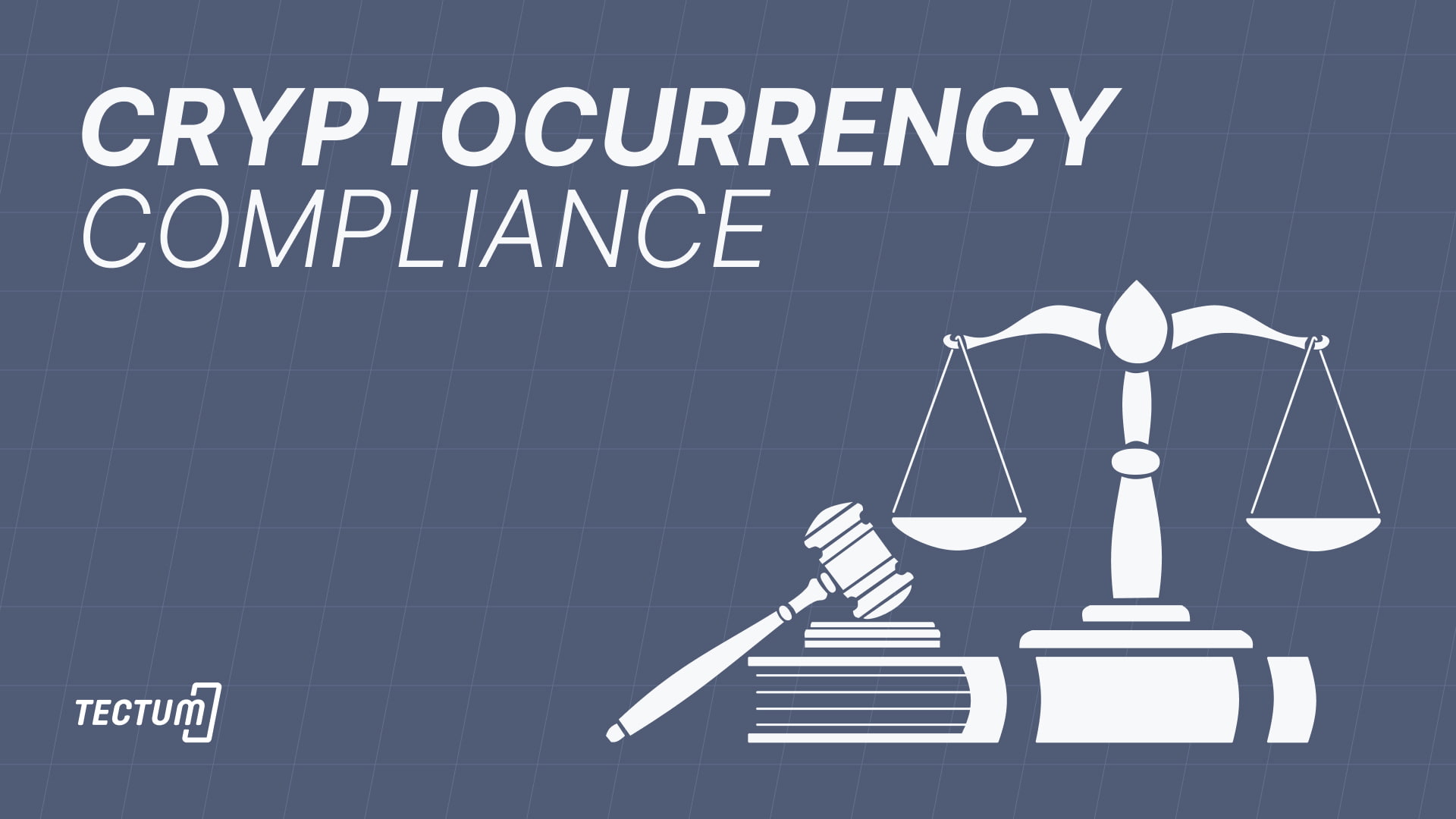Navigating Regulatory Compliance In The Cryptocurrency Landscape

In the fast-paced world of cryptocurrency, regulatory compliance has become a cornerstone for success. As digital assets gain popularity, understanding how to navigate these regulations is crucial for businesses and investors alike. This article will explore the significance of regulatory compliance in crypto, the roles of key regulatory bodies, and best practices for maintaining compliance in an ever-changing landscape.

The Importance of Compliance in the Cryptocurrency Market
Regulatory compliance in crypto is essential for several reasons. First, it fosters trust among investors and users. When companies adhere to regulations, they demonstrate their commitment to security and transparency, which can enhance their reputations.
Moreover, compliance reduces the risk of legal penalties. For instance, the infamous case of FTX illustrates the consequences of non-compliance. The collapse of FTX led to significant losses for investors and highlighted the importance of adhering to financial regulations in the cryptocurrency sector.

Investors also benefit from compliance. By ensuring that crypto companies follow regulations, they can make informed decisions and avoid potential pitfalls. In this way, compliance not only protects businesses but also safeguards the interests of investors.
Key Regulatory Bodies and Their Roles
Understanding the primary regulatory bodies is vital for navigating compliance in crypto. Here are some of the most influential organizations:
-
Securities and Exchange Commission (SEC): The SEC oversees securities markets and aims to protect investors. They have taken significant actions against companies that fail to register their tokens as securities.
-
Commodity Futures Trading Commission (CFTC): The CFTC regulates commodity futures and options markets. They have classified Bitcoin and Ethereum as commodities, impacting how these assets are traded.
-
Financial Industry Regulatory Authority (FINRA): FINRA oversees brokerage firms and exchange markets. Their guidelines help ensure that crypto exchanges operate fairly and transparently.
-
Internal Revenue Service (IRS): The IRS is responsible for tax enforcement. They require crypto users to report their gains, which has led to increased scrutiny of transactions.
These bodies work together to create a framework that supports compliance in the cryptocurrency industry, ensuring that businesses operate within the law.
![]()
Understanding AML and KYC in Cryptocurrency
Anti-Money Laundering (AML) and Know Your Customer (KYC) processes are critical components of regulatory compliance in crypto. AML regulations help prevent illicit activities, such as money laundering and terrorist financing. KYC requirements ensure that businesses verify the identities of their customers.
For example, major exchanges like Coinbase have implemented robust AML and KYC measures to comply with regulations. By doing so, they build trust with users while minimizing risks associated with fraud.

Failure to adhere to these regulations can have severe consequences. In 2021, Binance faced scrutiny from multiple regulatory bodies due to its lax KYC procedures, leading to increased enforcement actions worldwide. This highlights the importance of robust compliance practices in the industry.
Challenges and Best Practices for Compliance
Many crypto businesses face challenges when it comes to regulatory compliance. These include rapidly changing regulations, lack of clarity, and resource constraints. To navigate these hurdles, companies can adopt several best practices:
-
Stay Informed: Regularly monitor regulatory updates from key bodies like the SEC and CFTC to stay ahead of changes.
-
Implement Robust Compliance Programs: Develop comprehensive compliance frameworks that include AML and KYC procedures, ensuring they are well-documented and regularly updated.
-
Invest in Training: Provide ongoing training for employees on compliance requirements and best practices to foster a culture of compliance within the organization.
A case study of Kraken illustrates successful compliance practices. The exchange has consistently prioritized compliance, leading to its ability to operate smoothly in various jurisdictions while minimizing legal risks.

Future Trends in Crypto Regulation
The landscape of regulatory compliance in crypto is evolving. Emerging trends indicate a shift towards more stringent regulations, particularly regarding consumer protection, data privacy, and tax reporting. As governments worldwide recognize the growing influence of digital assets, they are likely to implement stricter controls.
Staying informed about these trends is crucial for crypto businesses. Engaging with industry groups and participating in discussions about regulations can help companies adapt to changes and proactively address compliance challenges.
Conclusion
In summary, regulatory compliance in crypto is not just a legal obligation; it is a vital aspect of building trust and ensuring the longevity of cryptocurrency businesses. By understanding the roles of key regulatory bodies, implementing robust AML and KYC practices, and staying informed about emerging trends, companies can navigate the complex regulatory landscape effectively. As the crypto industry continues to evolve, embracing compliance will be essential for success.
For anyone involved in cryptocurrency, prioritizing regulatory compliance is not just smart—it's necessary. Stay ahead of the curve and ensure your business thrives in a compliant manner.